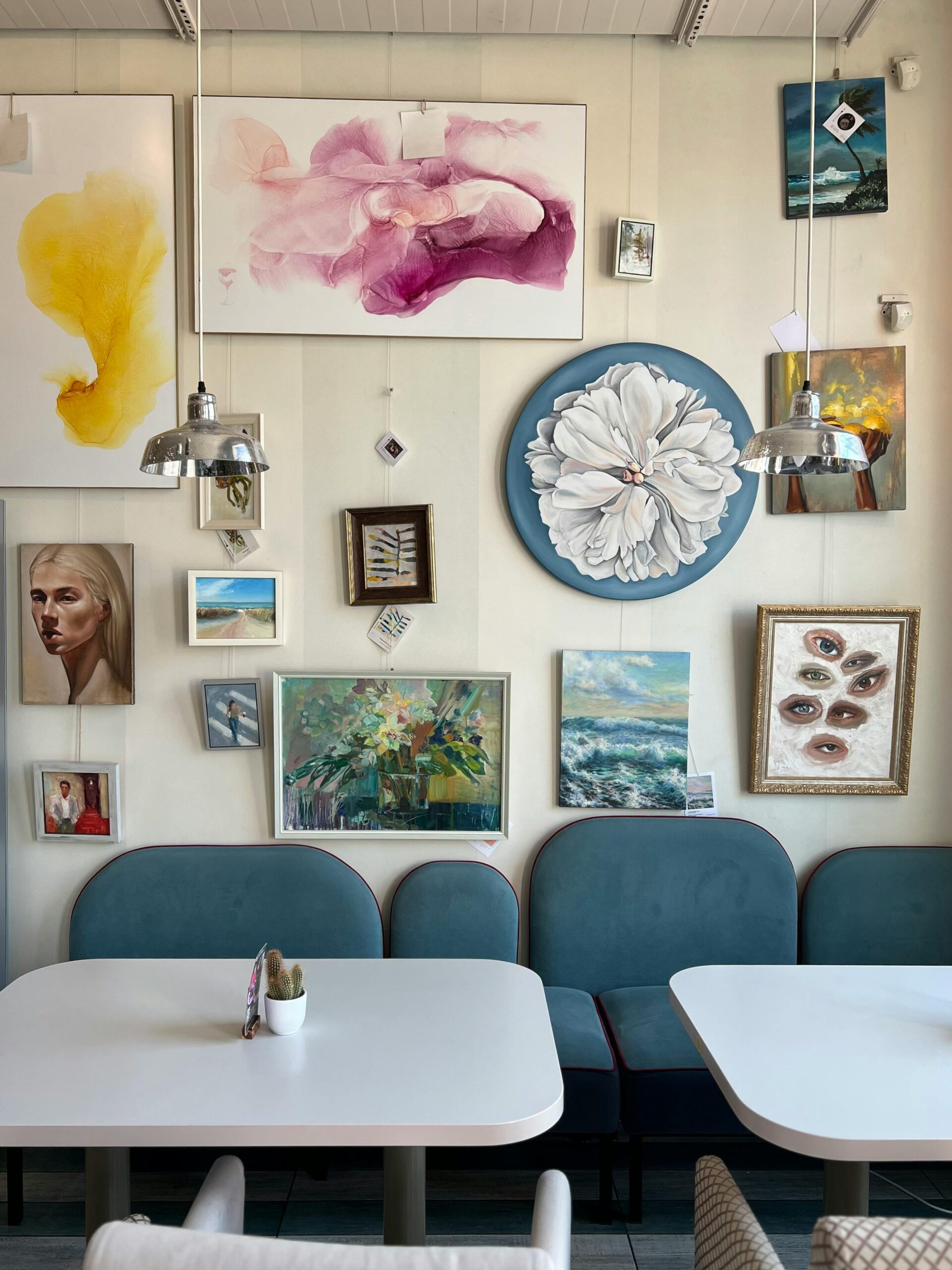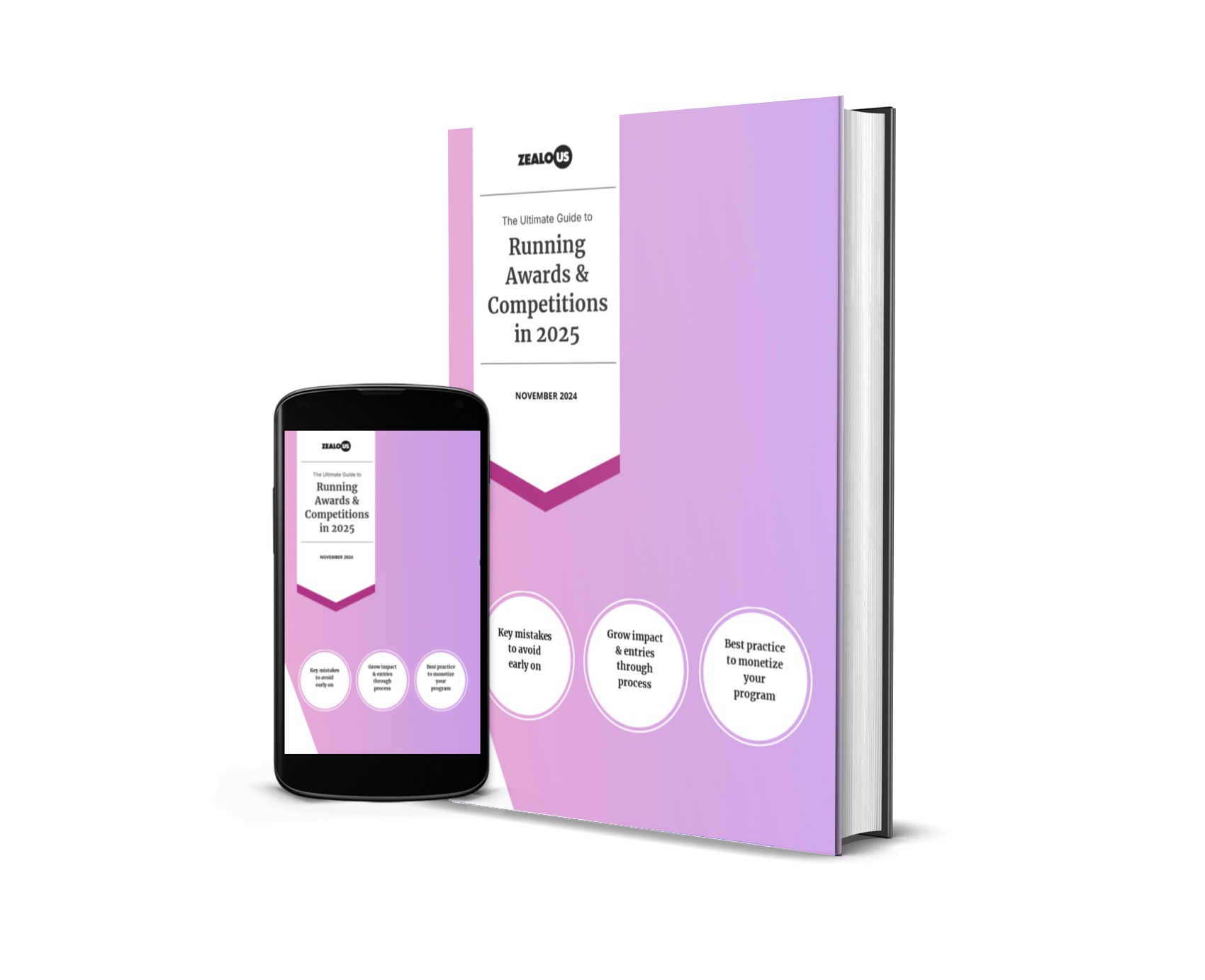We recognise that many creative organisations are grappling with funding cuts, whether due to reductions from local councils, tighter budgets from public funding bodies, or private funders pulling back. These cuts create a ripple effect, impacting not just the organisations themselves, but also the audiences they serve.
However, limited funding doesn’t have to mean limited opportunities. It’s possible to adapt and still deliver meaningful experiences to your community, while meeting funding requirements, even on a tight budget. If creativity has taught us anything, it’s that you can create a lot with a little. Consider the innovative trash shadow sculptures by Tim Noble and Sue Webster as an example of how we can transform humble material into something extraordinary.
Firstly, let’s define what we mean by ‘Reduced Resources’
While funding cuts are often the most visible challenge, ‘reduced resources’ can also refer to smaller teams—like a single person juggling multiple roles—or the absence of essential tools to manage submissions and outreach effectively. It’s not just about money; it’s about time, staff, and the right support.
For instance, you may be a one-person team operating with slashed budgets and outdated tools, leading to wasted effort and long hours that spill into your weekends. It’s a challenging situation, but we’re here to help your opportunity thrive with the right approach.
Prioritise Impact: Focus on What Matters Most
When resources are limited, focus on what will provide the most value to participants. Strip back to the essentials—what does your audience really care about?
Explore alternative rewards that offer long-term benefits, like portfolio reviews, collaboration opportunities, paid residencies, or mentorship programs that open doors to specific industry areas. Even small gestures, like celebrating emerging talent on your social media channels, can make a significant difference if you have a strong online presence.
If you need to meet specific funding requirements, revisit the commitments you’ve made and think creatively about how to deliver on them in fresh ways. It’s all about striking the right balance—providing meaningful value to your audience while satisfying the expectations of your funders, ensuring you can continue running your opportunities.
Prompts to help guide your decision making:
1. What’s the ultimate goal of your opportunity?
Revisit your organisation’s mission and vision. After accounting for any funding requirements, can you remove anything that doesn’t align with your core purpose?
2. What do your applicants value most?
Are they seeking exposure, financial rewards, or meaningful connections? Reflect on past feedback to identify their top priorities. Consider asking what they would spend their cash prize—could you offer a similar value in-house?
3. What valuable tools do you already have?
Often, we overlook the resources right at our fingertips. This could be a space, equipment, industry contacts, press connections, or educational resources. Make a list of what you already have that could be turned into perks, without additional costs or minimal admin effort.
4. What feeling do you want everyone to experience?
Consider all stakeholders—the organisers, participants, and the wider community. Does your opportunity have a broader impact? Does it reflect today’s culture, challenge perspectives, or inspire change? Are you aiming to boost confidence, foster a sense of belonging, or create another kind of emotional impact?
Seeking feedback from your community about what is most valuable to them can also help refine future opportunities. This not only helps you optimise your process, but also builds a sense of community ownership around the opportunity.
Streamline the Submission Process
Complex administrative processes can drain valuable time and resources. Simplifying your submission process not only reduces your workload, but also encourages more creatives to apply.
Leverage affordable submission management tools like Zealous to automate the process. These tools can save time, especially for small teams, by handling submissions more efficiently. Integrating technology into your workflow can be transformative, allowing you to focus on more creative or strategic priorities.
If budget constraints limit your options, evaluate the smaller aspects of your process that may be draining your resources. For example, ask yourself: are all the questions in your application form necessary?
By streamlining your process and removing unnecessary steps, you can significantly reduce the time spent reviewing submissions. This not only lightens the load for your team but also enables applicants to concentrate on presenting their best work.
Download our free Absolute Guide to taking submissions for more valuable advice on this topic.
Leverage Partnerships and In-Kind Support

Solely relying on funding can feel like sitting on an iceberg drifting into warmer climates. You will always be worrying about whether anyone will come to rescue you when the ice thins, because financial support is never guaranteed.
Instead, consider exploring partnerships with local businesses, creative communities, or institutions to secure in-kind support, which can provide a more stable foundation. For example, a local café might offer free exhibition space, allowing you to save on venue costs while reaching new audiences. This partnership benefits both parties: the café attracts more foot traffic, and your organisation gains a venue at no cost.
You could also seek equipment or discounts from local businesses. In doing so, you encourage creatives to support local enterprises rather than large corporations. Ultimately, it’s about finding what adds value for the creative community.
Helpful tips on how to approach Potential Partners:
1. Identify shared values or audiences
Partnerships work best when both parties benefit from the same mission or similar target audiences.
2. Create a clear pitch
Show potential partners what they stand to gain, whether it’s brand visibility, community goodwill, or association with a meaningful cause.
3. Be open to creative solutions
Perhaps a partner could provide venue space, media exposure, or other resources. Think creatively about how to leverage these contributions.
By tapping into local networks and leveraging non-monetary contributions, you can continue delivering value to your community, even with limited financial resources.
Sustainability in Practice: Nurturing Long-Term Partnerships
Once you’ve established partnerships, it’s essential to nurture and sustain them for future opportunities. A one-time collaboration can evolve into a long-term relationship, providing ongoing support for your programmes.
Regular communication and mutual benefits—such as increased visibility, networking opportunities, or co-created initiatives—can strengthen these partnerships beyond a single project. Consider co-hosting events or initiatives with local businesses, ensuring they receive value in return. This long-term strategy can lead to future funding, additional resources, and shared growth.
For instance, Birmingham-based arts organisation Grand Union partnered with property company Bruntwood Works to offer recurring artist residencies. This ongoing collaboration provided new facilities, promoted experimentation, and improved graduate retention in the city. It exemplifies how strong partnerships can fill critical gaps, like access to unique spaces and cross-fertilisation of ideas between different industries.
“It’s important that the commercial sector and arts can work together for mutual benefit… as public funding for the arts has decreased in the last 5-10 years, support from the private sector has been invaluable for the continued growth and investment in culture”
Jo Capper, Grand Union
Engage Your Community for Support

When faced with reduced resources, tapping into the power of your community can be a game-changer. Use organic social media, newsletters, or crowdfunding platforms to raise awareness and gather support.
A great example of a non-profit who did this successfully is SweetThang Zine—a grassroots literary zine celebrating Black art. They launched a fundraiser asking supporters to donate or pre-order copies to keep their project alive. Over eight weeks, they raised 59% of their goal, sparking incredible community enthusiasm. By creating engaging content on their social media channels and hosting a takeover in partnership with the Feminist Library, they found new ways to connect with their audience. While they didn’t meet their full funding target, the zine is still able to be printed, produced, and all contributors will be paid for the first time.
Expand Your Audience with Marketing
Reaching new audiences with limited resources may seem daunting, but you can still spread the word using low-cost and organic digital marketing strategies. This not only drives interest to your programme but also builds trust and transparency, helping you engage participants more effectively.
For more insights on this topic, check out this article covering the foundations of marketing strategies that work on a shoestring budget. You can also listen to how Zealous successfully leveraged organic social media to drive engagement for our own opportunity, Zealous Amplify, here.
Conclusion
Running a creative opportunity with reduced resources doesn’t mean sacrificing its impact. By focusing on what matters most, streamlining processes, and fostering long-term partnerships, your organisation can continue delivering value to the creative community, even in tough times.
In fact, reduced resources can prompt you to rethink your approach—focusing on sustainability, meaningful engagement, and community building. The key is to innovate with what you have, ensuring that the creative spirit thrives, regardless of financial constraints.
We’d love to hear from you…
Organisations, Have you found any other strategies useful when resources are tight?
Creatives, what non-financial rewards or experiences do you value most?
Email your insights to [email protected]!










